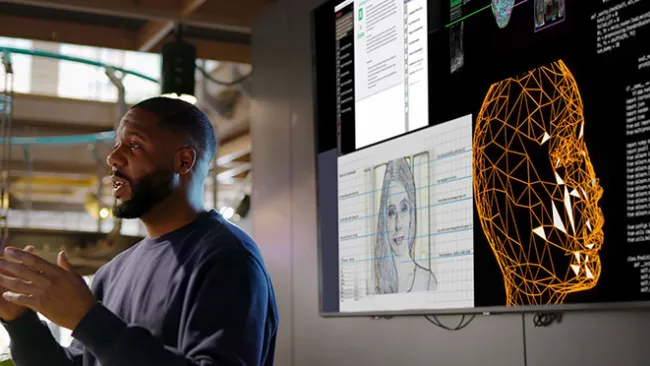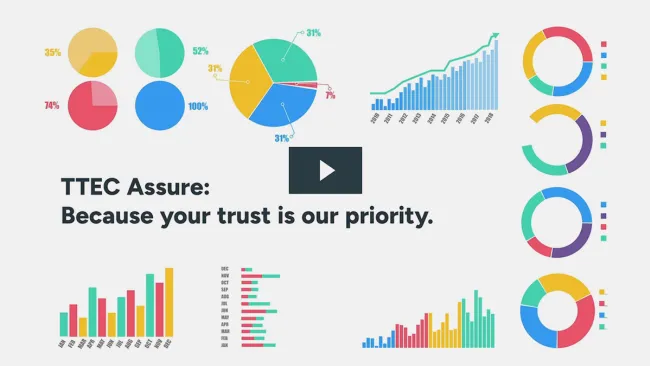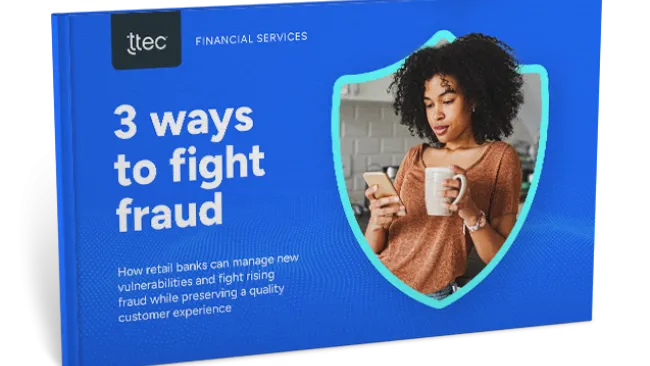The internet has always had its share of bad guys. And now that nearly all companies are moving to a more digitally enabled world, thieves, con artists, and hackers are finding new ways to steal money, information, and cause the bad kind of disruption. Business fraud, fake content, and malicious activity threaten companies and users around the globe.
More than 84 percent of companies report they have experienced business fraud within the last year, compared to 75 percent just two years ago, according to Kroll's 2017 Global Fraud and Risk Report. As a result, three-quarters of respondents state that their customers were strongly or somewhat negatively impacted by all three risk sectors: fraud (76%), cyber (74%), and security (74%). Two-thirds of respondents say fraud negatively impacted their companies' reputations, and 23 percent of executives admitted revenue losses of at least 7 percent. More than half of those surveyed had revenue impact of at least 3 percent.
But there are ways to fight back to protect your brand and your customers. Companies can protect their brand and keep customers safe by enabling a fraud detection solution and content moderation strategies and tactics.
Fraud prevention blends humans with technology to quickly detect fraud and protect your customers against modern fraud threats. As much as possible, be proactive and act swiftly to enable frictionless experiences. Efforts include identifying trends and patterns to spot potential fraudsters, investigating potentially fraudulent activities, real-time monitoring and decision-making about what's fake and what's real, and guarding against account takeovers and other types of fraud.
Content moderation is the practice of monitoring and applying a pre-determined set of rules and guidelines to user-generated submissions like text posts, images, and video to determine if the communication is permissible or appropriate. More recently, the area has extended into determining if content comes from real people and or if it is generated by bots. Some of this work can be automated, but much of it depends on human involvement. Context and meaning are critical to successful content moderation services, and can only be done by real people.
Fraud Protection Steps Out of the Shadows















